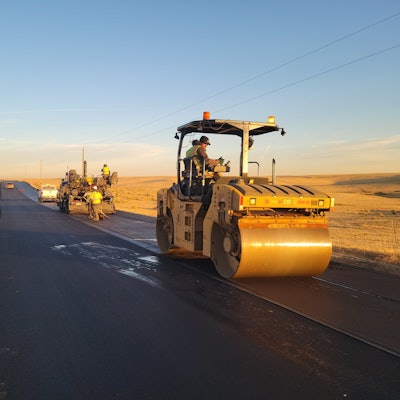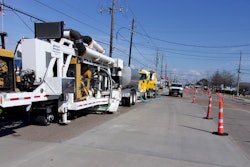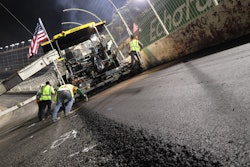
Since President Biden signed the Bipartisan Infrastructure Law (BIL) 60 days ago, the country has been wondering when they might see the impact of this $1.2 trillion investment to our nation's crumbling infrastructure. The Biden Administration has been busy working internally to implement the BIL, but it's important to note that the legislation was not designed as a stimulus bill that would give an immediate boost to the economy, but instead as a longer-term approach to rebuilding American competitiveness through infrastructure.
This means it’s going to be a busy few months inside Washington and across the country as BIL implementation begins. Federal agencies, like the Departments of Transportation and Energy, are busy figuring out how to implement the law and get money safely out the door. In the 60 days since the bill was signed, the Administration has made key progress towards implementing the largest long-term investment in America’s infrastructure and competitiveness in nearly a century.
In a news conference, President Biden said the Administration has "hit the ground running implementing the legislation" and will continue to do so in the months ahead. In the two months since the BIL was signed, here is some of the progress that has been made:
- The US Department of Transportation (USDOT) has released $53 billion to modernize highways for FY2022
- The USDOT and Federal Highway Administration (FHWA) announced $27 billion in funding to replace, repair and rehabilitate bridges across the country
- $240 million in grants to improve ports in 19 states to speed up and strengthen supply chains
- $3 billion for 3,075 airports to make them more modern, safe and sustainable
- $65 billion for high speed internet
- The National Highway Traffic Safety Administration (NHTSA) at USDOT announced $260 million for highway safety programs to reduce traffic crashes.
- EV Charging Action Plan unveiled to build a national network of 500,000 electric vehicle chargers.
- USDOT awarded $1 billion in Rebuilding American Infrastructure with Sustainability and Equity (RAISE) grants to invest in 90 major projects across 47 states
On the day President Biden signed the bill into law, he appointed Mitch Landrieu as Senior Adviser and Infrastructure Implementation Coordinator and signed an Executive Order establishing an Infrastructure Implementation Task Force to ensure the Administration achieves results for the American people. The Administration launched Build.gov to serve as a growing hub of implementation resources, and it kicked off a nationwide tour to highlight the benefits of the law for people across the country.
Implementing this massive program will continue to require internal planning, internal and public review, hiring staff and building knowledge resources to stand-up these new operations—all before any services like grant agreements and technical expertise are produced.
"The work is just beginning," Ed Mortimer, vice president for transportation infrastructure at the U.S. Chamber of Commerce says. "This is going to take some time and we have to get it right. We want to utilize the investments on the proper projects. There is a lot of people that doubt that we can get projects done and deliver them. Our efforts moving forward are to ensure that these investments are made in the right way and that the American people see the benefits. But it's going to take some time."




















